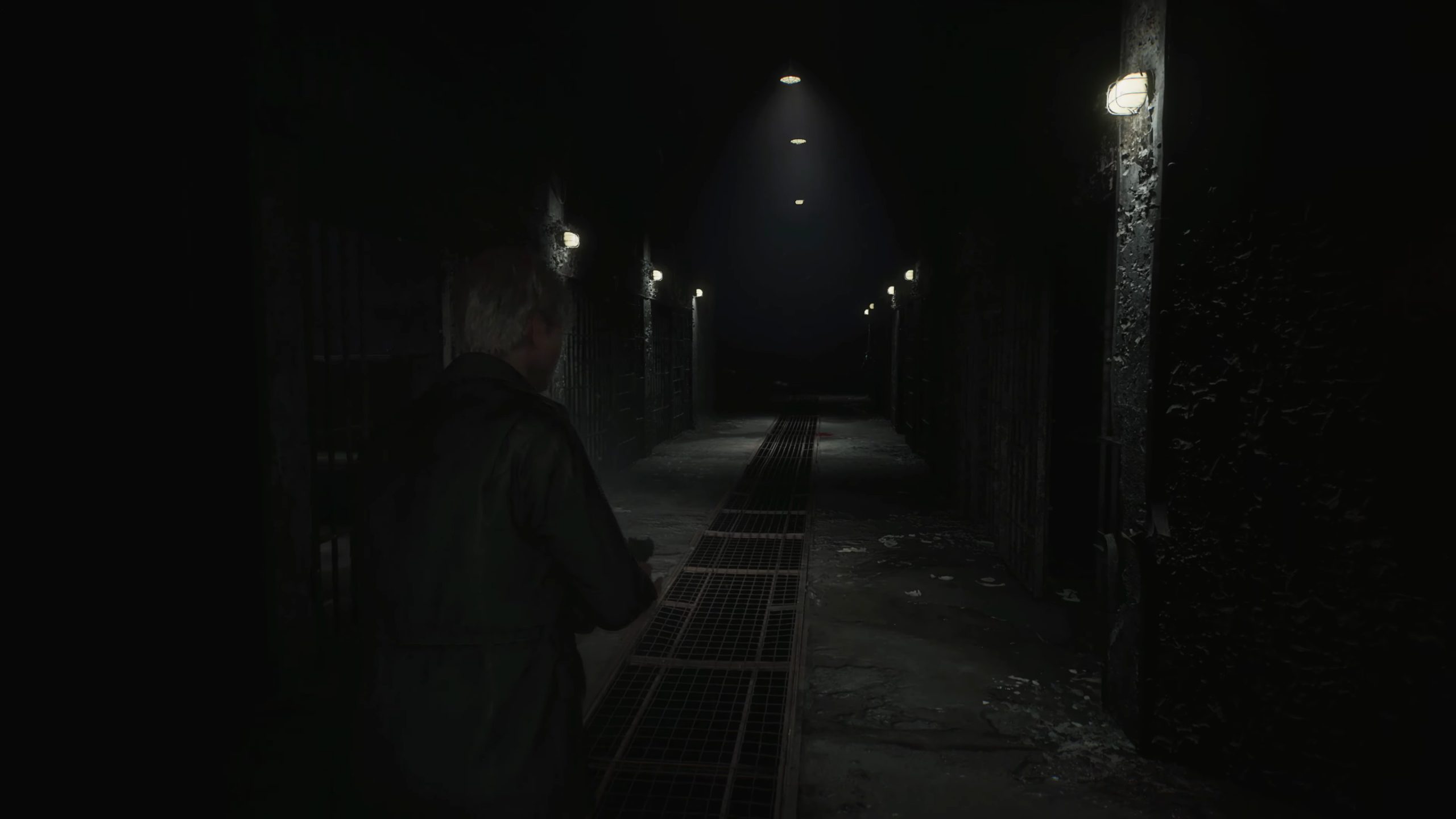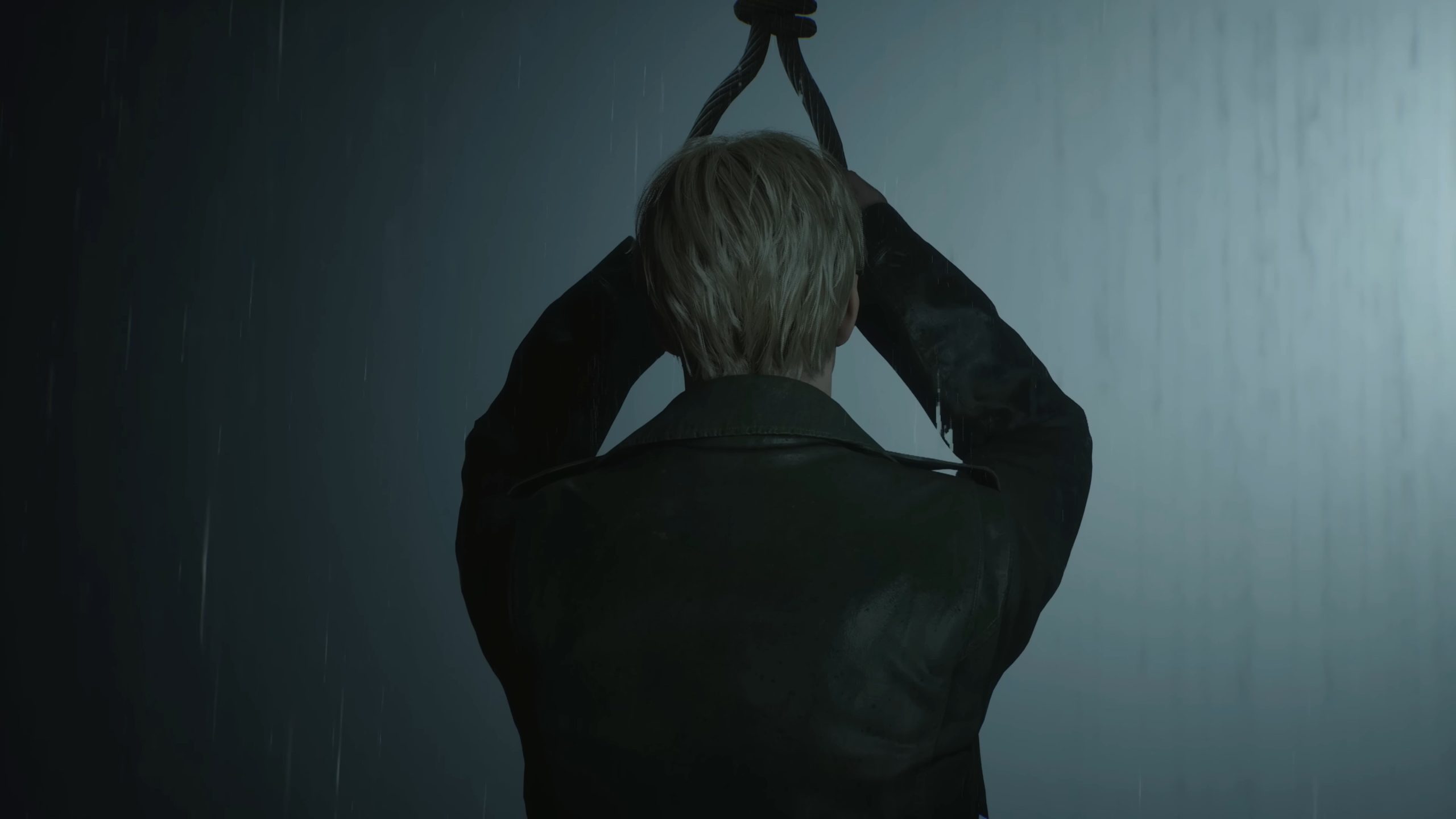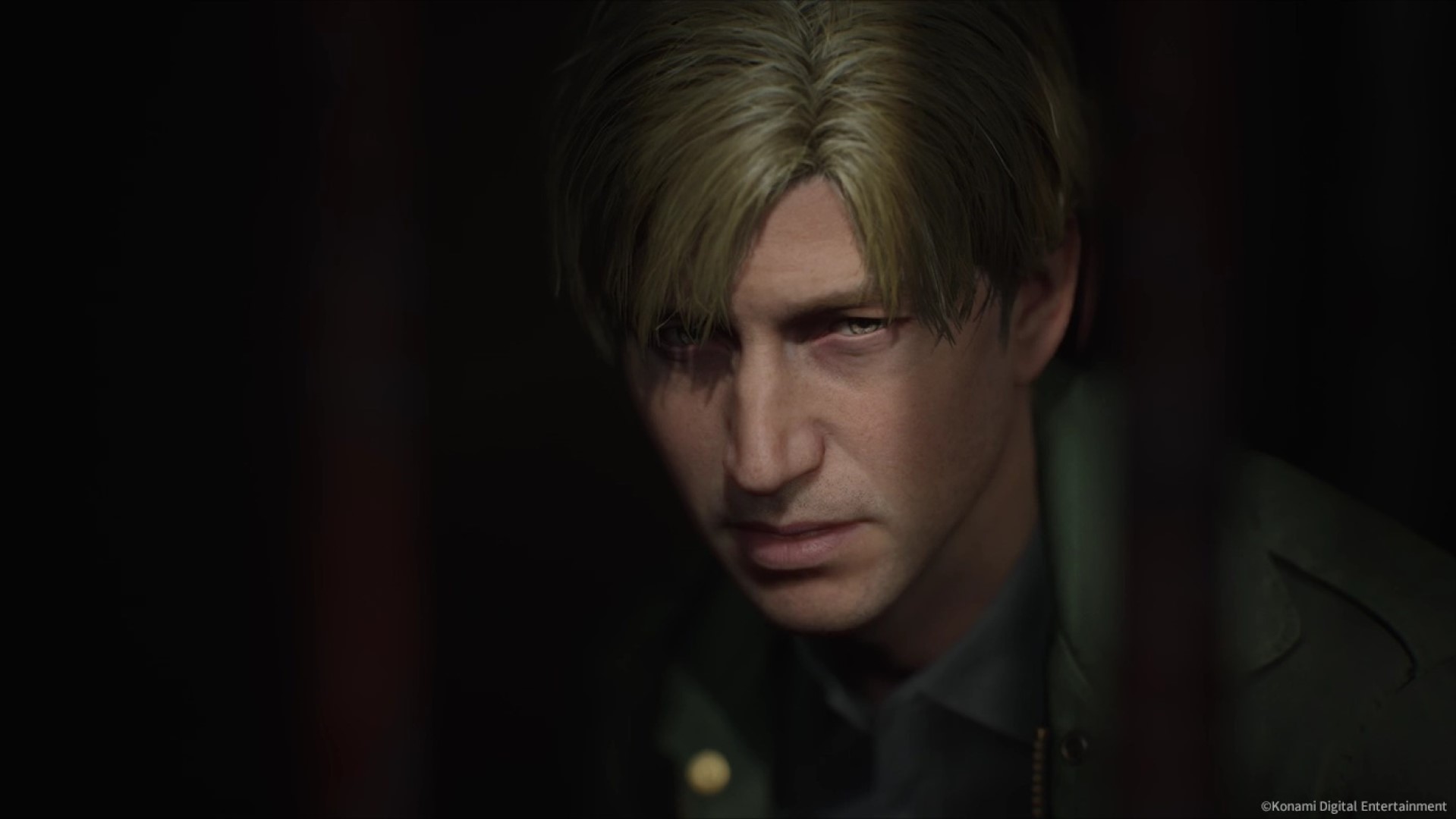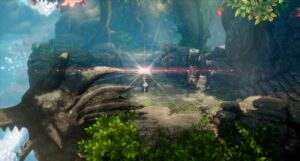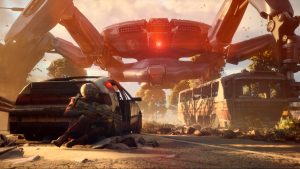
There are different kinds of horror spread across an array of genres. Slasher, gothic, folk, dark fantasy, survival – take your pick (not including all the crossovers and twists). Manifold as they are, the most effective ways of conveying horror are surprisingly more constrained. One of my favorite methods leans more towards the psychological, specifically describing the various horrors before the player encounters them. As terrifying as the reality may be, nothing can outdo the human imagination.
Such is the case with the Silent Hill Historical Society in Bloober Team’s Silent Hill 2 remake. Near the end of this section, you encounter three paintings. The first discusses what seems to be an innocuous prison called Toluca. The second outlines one of the execution methods. Immediately, things seem wrong.
Not just because of the title, “Death by Skewering”, which outlines how prisoners have one final choice before dying – skewering or strangling – but because of the twisted monstrosities pictured. The third is also seemingly unassuming, though its figures add to the eeriness. What is going on? What awaits?
After that, protagonist James Sunderland comes across a hole. There was a hole somewhere, and it was gone, but now it’s here, and the only way forward is down. Down into the sewers crawling with insects. That wasn’t so bad, especially after what the paintings teased, right? However, further down, into the abyss, is Toluca Prison.
If you haven’t heard, Toluca Prison in the remake is downright terrifying. It’s nightmarish and labyrinthine; stressful for some and frustrating for others. The jury’s out on whether it’s the best part of the remake, but there’s no denying how genuinely enthralling it is. But what makes it so special?
It all starts with the arrival, as James awakens in what seems to be a messy cafeteria. Eddie briefly appears, unsettled after having shot someone, before going on his merry way. Upon entering what seems to be the guard’s office, James finds a map with various descriptors. “Eyeless Boar.” “Headless Serpent.” “Scales.” “Gallows.” “Rifle Cabinet” is easily understood, but you may not know what the rest means. Once again, telling you and letting the human mind do its thing. Even if you have a map or if the prison is defined within those confines, you know something terrifying awaits when you step back out.
A prime example is the “switch run”, as I like to call it. Near the guard station is a door leading to Cell Block A. The problem is, the lights are out. Activate the nearby switch to turn them on, and it immediately starts ticking down (a Mannequin also briefly appears before suddenly shuffling off), the lights fading slowly. You can hear sounds, growing louder as you near the cells. There’s no other option but to run through. You may expect to find a monstrosity on reaching the end, but flipping the next switch reveals nothing. Even the sounds have stopped (for now). Maybe it’s all in your head (spoiler: It’s not).
Then there’s another area with no timed switch, ticking down to stress you out. However, there’s also no light save for the glow of your flashlight. Your footsteps go from light thumping to a squishing sound. There’s a crumbling sound now and again, but maybe it’s nothing. You’ll discover the Gallows and witness a monument portraying two Pyramid Heads and a single person in the middle, hanging. After learning that you must pass judgment and discovering the Scales (with different weights unlocking sections of the prison), the music picks up. Grating, almost tearing.
When you enter the Serpent Section of the prison and eventually spike the power, an alarm blares. The section is bathed in a red glow, which isn’t much solace, especially as the creature sounds grow. Eventually, you encounter the twisted individuals in the second painting – the Lying Figures – who spew acid, becoming a nuisance when paired with the Mannequins and their wall-climbing shenanigans (yes, they climb now).
Much of this tension continues, with even the Bobblehead Nurses coming out to play. You’ll return to the guard station at the beginning and have the key to the armory, which grants the Hunting Rifle. Despite the added firepower, the threats continue, as you venture to the second floor to obtain the Block D key. All the while, you’ll discover notes about something lurking around.
Whatever it is, one raving note claims, “The bars, the walls, they can’t hold him.” It’s also eventually revealed that some disease is spreading through the prison and that the staff is desperate to diagnose it, going as far as to authorize “invasive” methods.
All this guides you to different areas of the prison to obtain the necessary weights. Once you’ve inserted the Executioner’s Lever, the monument will open up to reveal some testimonies, which must be arranged accordingly. After that, the moment of truth arrives, as James approaches the correct noose and…pulls it to fall down the trap door, leading to the Labyrinth, where things take an even creepier turn.
Toluca Prison is a rarity in horror games – a well-designed, extensive level with immaculate sound design and lighting that balances action and survival. The build-up is deliberate yet terrifying, especially as you solve more puzzles and learn more about the catastrophe that hit the prison.
The various threats are no pushovers, requiring extensive use of your ammo while getting up close and personal with melee attacks to conserve as much as possible. While it could throw jump-scares left and right (and sometimes does), it’s more content at teasing you with what’s out there. Waiting, potentially watching, and most definitely crawling to kill you.
F6 in solitary confinement is another great example of that tension. As you read the letter, James’ flashlight flickers. Suddenly, something slams the door from the outside before departing soon after. Then there are all the other incredible touches, like secrets from the original Silent Hill 2, or the Gallows going from stark to rainy after you’ve gathered all the weights (which makes James’ approach to the noose much more harrowing).
The over-the-shoulder camera sells all this even more, especially when you don’t know what’s lurking around corners. Its ability to frame certain sections in a new light while maintaining and expanding on the terror of the original is something to behold.
Say what you will about Bloober Team and the initial doubts about how it would handle Silent Hill 2 remake, but it clearly understands what made the original so great. Toluca Prison and its design, from the enemy placements and throwbacks to the sound design and careful attention to detail, isn’t the only high point of the experience, but it’s a highlight. If anything could demonstrate James Sunderlands’ crossing the threshold into Hell and all the madness included, it would be this and may very well be worth the price of admission alone.








